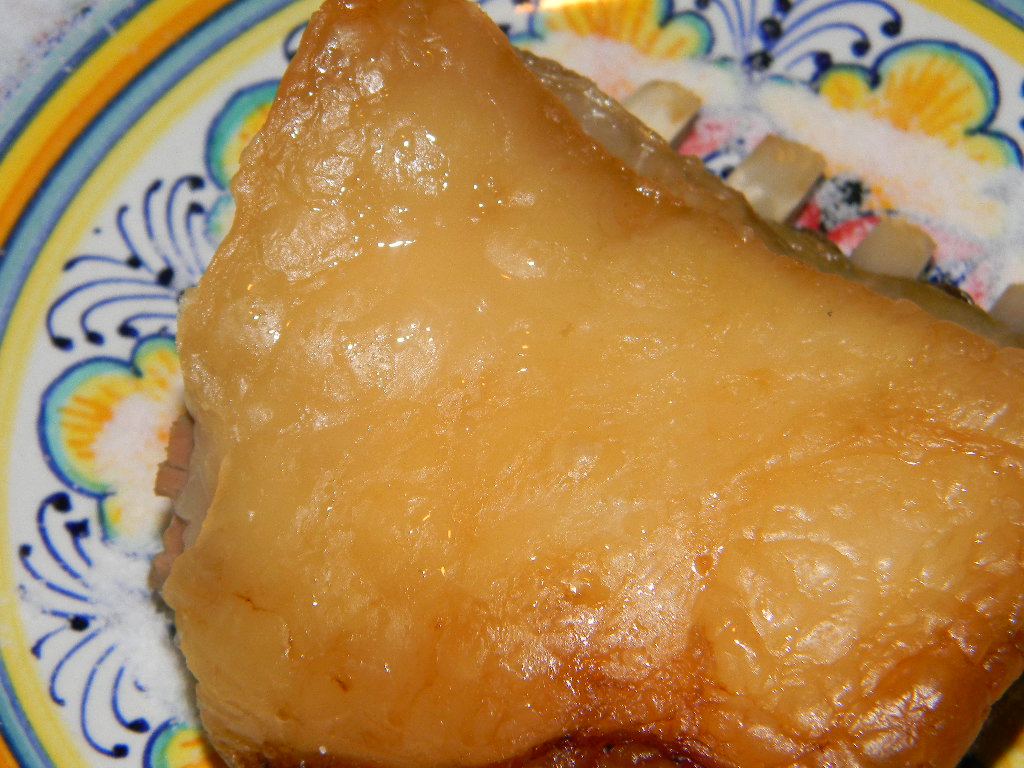It has really been eye opening to do some more research into mercury after finding my own blood mercury levels were twice what is considered safe. That occurred right after a week of eating swordfish, which is very, very high in mercury.
Since then, I have found out some pretty amazing things about mercury.
For one, mercury is not just in seafood, but also in plants, animals, water, and the soil. When forest fires occur, huge amounts of mercury are released into the atmosphere.
Another interesting item to note is that it seems that gold mining is the highest source of mercury exposure in the environment (worldwide, not in the USA):
https://www.livescience.com/39982-surprising-mercury-pollution-sources.html
https://articles.mercola.com/sites/articles/archive/2015/02/03/gold-mining-mercury-pollution.aspx
https://www.epa.gov/international-cooperation/mercury-emissions-global-context
Mining in general releases a large proportion of mercury:
https://wedocs.unep.org/bitstream/handle/20.500.11822/11517/UNEP_GlobalAtmosphericMercuryAssessment_May2009.pdf?sequence=1&isAllowed=y
"Mining releases mercury, partly through weathering of newly exposed rock but mainly through the production of ores, which may have high mercury content in addition to the metal of interest."
The largest source of mercury exposure to the environment in the USA is coal-burning:
https://cfpub.epa.gov/roe/indicator.cfm?i=14
"In 2011, coal-burning power plants were the largest anthropogenic source of mercury emissions to the air in the U.S., accounting for 49 percent of all domestic anthropogenic mercury emissions that year."
It seems with the latest data, that perhaps coal burning is now the single largest source of mercury release worldwide, with China being the main contributor:
https://wedocs.unep.org/bitstream/handle/20.500.11822/11517/UNEP_GlobalAtmosphericMercuryAssessment_May2009.pdf?sequence=1&isAllowed=y
"Geographically, about two-thirds of global anthropogenic releases of mercury into the atmosphere appear to come from Asian sources, with China as the largest contributor worldwide."
"Coal burning, and to a lesser extent the use of other fossil fuels, is the largest anthropogenic source of mercury emissions into the atmosphere. Coal does not contain large concentrations of mercury, but the combination of the large amount of coal burned and the fact that a significant portion of the mercury present in coal is released in the atmosphere yield large overall releases from this sector."
This can be alleviated with new technology:
"Mercury control technology for coal-fired power plants capable of capturing up to 95% of the mercury has only recently become commercially available and few governments require it."
Another growing source is cremation of humans with mercury fillings! From the Mercola article linked earlier above:
"Seven to nine metric tons of mercury per year escapes into the atmosphere during cremations, and it is estimated that, left unchecked, crematoria will be the largest single cause of mercury pollution by 2020."
So, to summarize, we can each do our part to limit mercury being released into the environment by
1) reducing our burning of fossil fuels, especially coal (my utility company offers a program where you can sign up for alternative energy)
2) researching the extraction source of gold if purchasing gold;
3) researching the extraction source of other metals to what extent we can;
4) not doing cremations of humans with dental amalgams containing mercury;
5) no longer using mercury dental amalgams;
6) disposing of fluorescent bulbs, thermometers, thermostats, and batteries in only certified safe ways, not in landfills.
##


Comments
Post a Comment